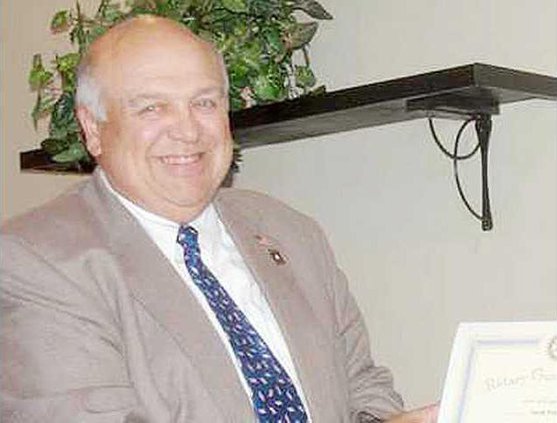Hinesville Mayor Jim Thomas and other Coastal Georgia leaders recently visited Washington, D.C., where they talked with congressional and military leaders about the affects sequestration and the recent government shutdown have had on communities surrounding Fort Stewart and Hunter Army Airfield.
“Myself, Edna Jackson (Savannah’s mayor), Bill Hubbard (Savannah Chamber of Commerce), Tripp Tollison (CEO of the Savannah Economic Development Authority) and Paul Andreshak (president of Southeast Georgia Friends of Fort Stewart and Hunter), went to
Washington on Oct. 28-29,” Thomas said. “We go to Washington about every four months. When we got there, we talked with Lt. Gen. (Robert “Abe”) Abrams, (Georgia) Congressman Sandford Bishop (Columbus), staffers from (Georgia) Congressman Kingston’s office and (Georgia) Sens. Saxby Chambliss and Johnny Isakson.”
He added that they also talked with Army and Air Force officials. There is concern, he said, about budget cuts affecting the Air National Guard base in Savannah.
Thomas said they heard unofficial comments about the current and future state of the Army, including the threat of another government shutdown and another round of sequestration. He said they were told the possibility of another round of sequestration is real, as well as another government shutdown. It looks like sequestration is something the Department of Defense will have to live with for a while, he said.
The mayor said Pentagon officials told local leaders that the Army simply doesn’t have the funds to staff an active-duty force of 490,000 soldiers. Calling it a “worst-case scenario,” he said the Army is preparing for another 70,000 in troop reductions. He added, though, that there is a move to allow the Army to shift funds from one area to another to mitigate future budget cuts. The flexibility will help, he said.
Thomas said they emphasized the value of Stewart-Hunter to the Army and to the communities surrounding the bases. He said there does not appear to be any unit changes at Stewart-Hunter, other than those already planned for the 2nd Armor Brigade Combat Team. According to 3rd Infantry Division and Stewart-Hunter Commander Maj. Gen. Mike Murray, the timeline for inactivation of the Spartan Brigade has moved up from 2017 to 2015. About half of its soldiers are being reassigned to other Marne Division units, Murray said.
“Many of our people in this area don’t know anything about the military, and yet they’re (economically) dependent on that base,” Thomas said. “More than 60 percent of the people here, though, have a military connection. Veterans stop me on the street and tell me they like what we’re doing for veterans. That’s why we fight so hard to protect this military community.”
Thomas said he first came to Fort Stewart-Hinesville in 1977. He said the city’s population at that time was about 6,000. The population today is more than 30,000.
“All these people had to come from somewhere,” Thomas said. “I think the growth we’ve seen in this community is directly the result of the growth in the military here at Fort Stewart.”
Locals take shutdown story to D.C.


Sign up for our e-newsletters